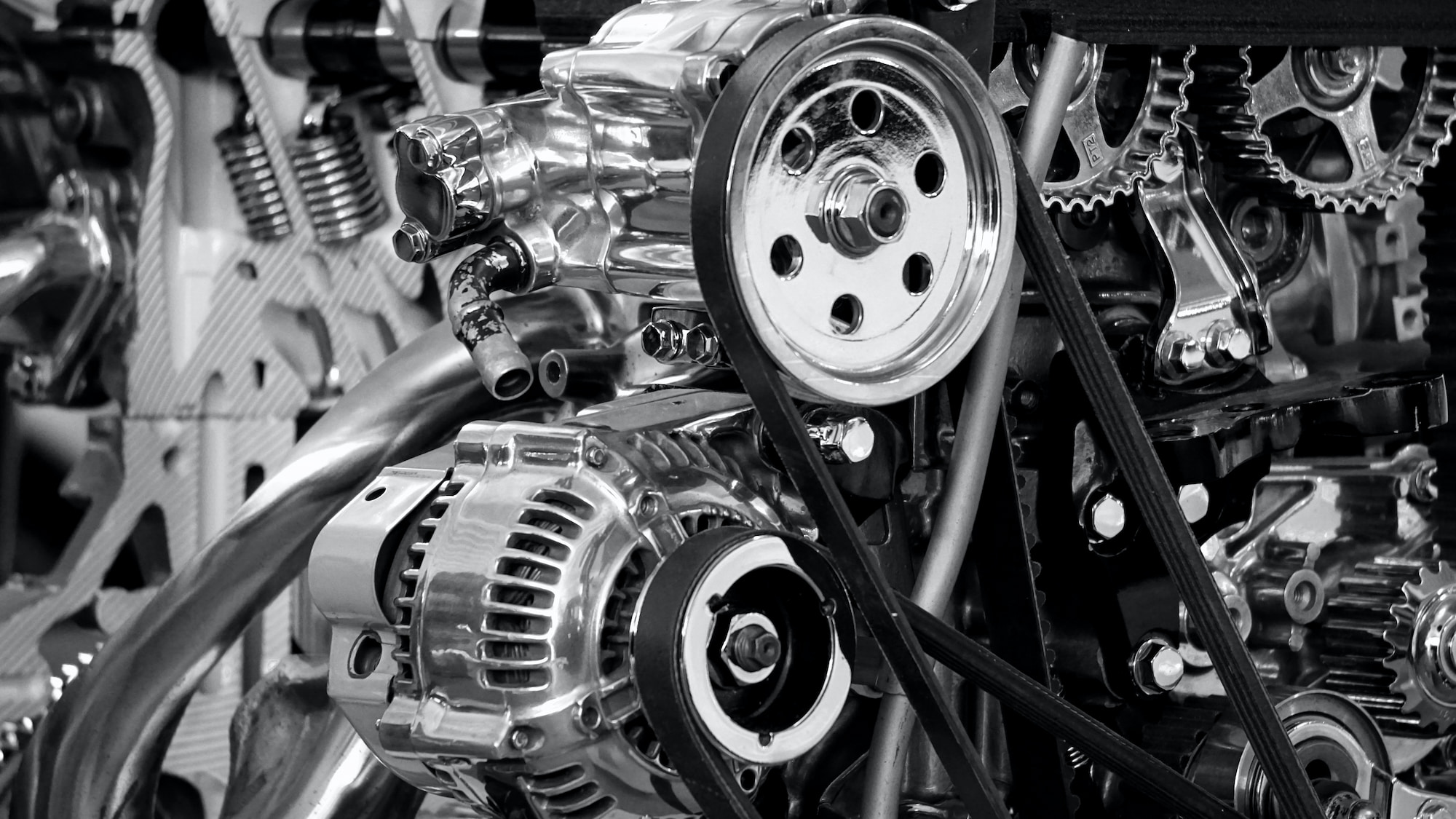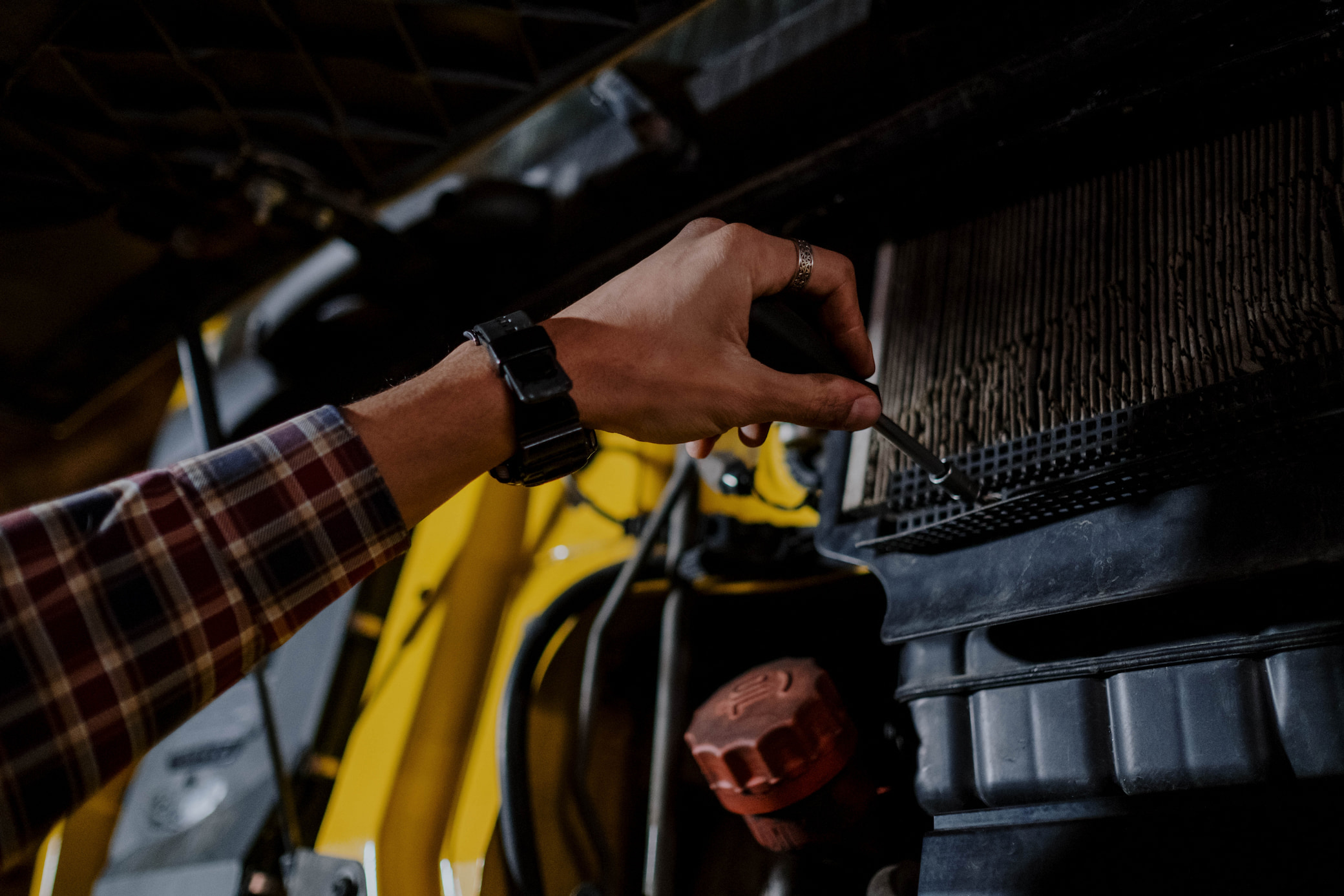
Table of Contents:
The semi-truck is one of the most important vehicles in modern society. It’s helped us build some of the most impressive infrastructures of today. It has carried hazardous materials away from job sites and helped transport heavy machinery to every corner of the country. Semi-trucks transport countless products, electronic equipment, and consumer goods to every state and just about every city in the US. They are an integral part of the world we know today.
In this blog, we will get to know our semi-trucks a little more. Specifically, we’ll take a look at how many gears a semi-truck has. We’ll also dive into why they need so many gears, and what makes these trucks so special.
Most semi-trucks have 10 gears; two reverse, and ten forward. On a semi-truck, however, there are anywhere from 9 to 18 gears.
The gears on a semi-truck are what make the engine powerful enough to move heavy loads across different terrains and inclines. They help drivers speed up from idling, and stop quickly when needed with emergency brakes that work even while going downhill or pulling trailers! You probably won’t have to use all gears in your day-to-day driving. It all depends on the slopes and terrains you are passing through.

It comes down, in large part, to the size and function of its engine. While all semi-trucks have pretty powerful engines, some are still going to perform better than others. Higher-range trucks will likely have an 18-gear transmission. This is needed to keep their engines running at optimal speed, like when it comes to transitioning from idling to highway speed.
For these trucks, a high number of gears are needed to prevent each gear from requiring too high of an RPM. Otherwise, fuel usage would be a lot less efficient, and the engine would get worn out faster too. Not to mention, a wide range of gears and split gears ensure that the truck is safe to operate. This helps to keep drivers safe on the road.
For lower-range trucks, 9-10 gears are usually enough to keep them running safely, and at optimum efficiency. Some trucks can have 13 or 15 gears too. It all comes down to the performance of the vehicle’s engine.
Obviously, not all gears will be used at all times. Long stretches of highway won’t require the same shifting of gears that passing through a mountain range does.
Idling for extended periods can put a lot of stress on your semi-trucks engine. These vehicles should not be stopped as frequently as passenger cars. They should only be stopped when absolutely necessary, to avoid excessive fuel consumption and damage to the engine
Did you know that semi-trucks in your fleet will be categorized according to an official classification? A lighter-duty truck will likely fall into a Class 5 or Class 6. But a more serious vehicle, like an 18-wheeler, will generally be placed in Class 8.
Here are a couple more useful things to know about your semi-truck:

Now that we’ve covered the details of a semi-trucks engine, and how many gears they can have, we can finally answer the question; do semi-trucks really need so many gears?
In short, the answer is yes. These trucks are expertly designed to carry large, heavy loads across long distances, at high speeds. This would not be possible if their engine wasn’t so strong. And having lots of gear is essential for that.
The gears on a semi-truck also help it cross more difficult terrain, like mountains or steep slopes. Without so many gears, these trucks wouldn’t be able to carry heavy equipment and products to some hard-to-reach places.
What’s more, it’s these gears that keep drivers safe on the road, and their vehicles running at optimum efficiency. With fewer gears, the semi-trucks engine would get damaged more quickly. It would also require more frequent, and more expensive repairs.
We hope that by now you’re an expert on the inner workings of semi-trucks. Semis are impressively designed vehicles, with many intricate parts to keep track of! If you’re looking to get your semi-truck repaired by a professional team, our technicians at Equipment Experts are here to help. Contact us for more information on our services.